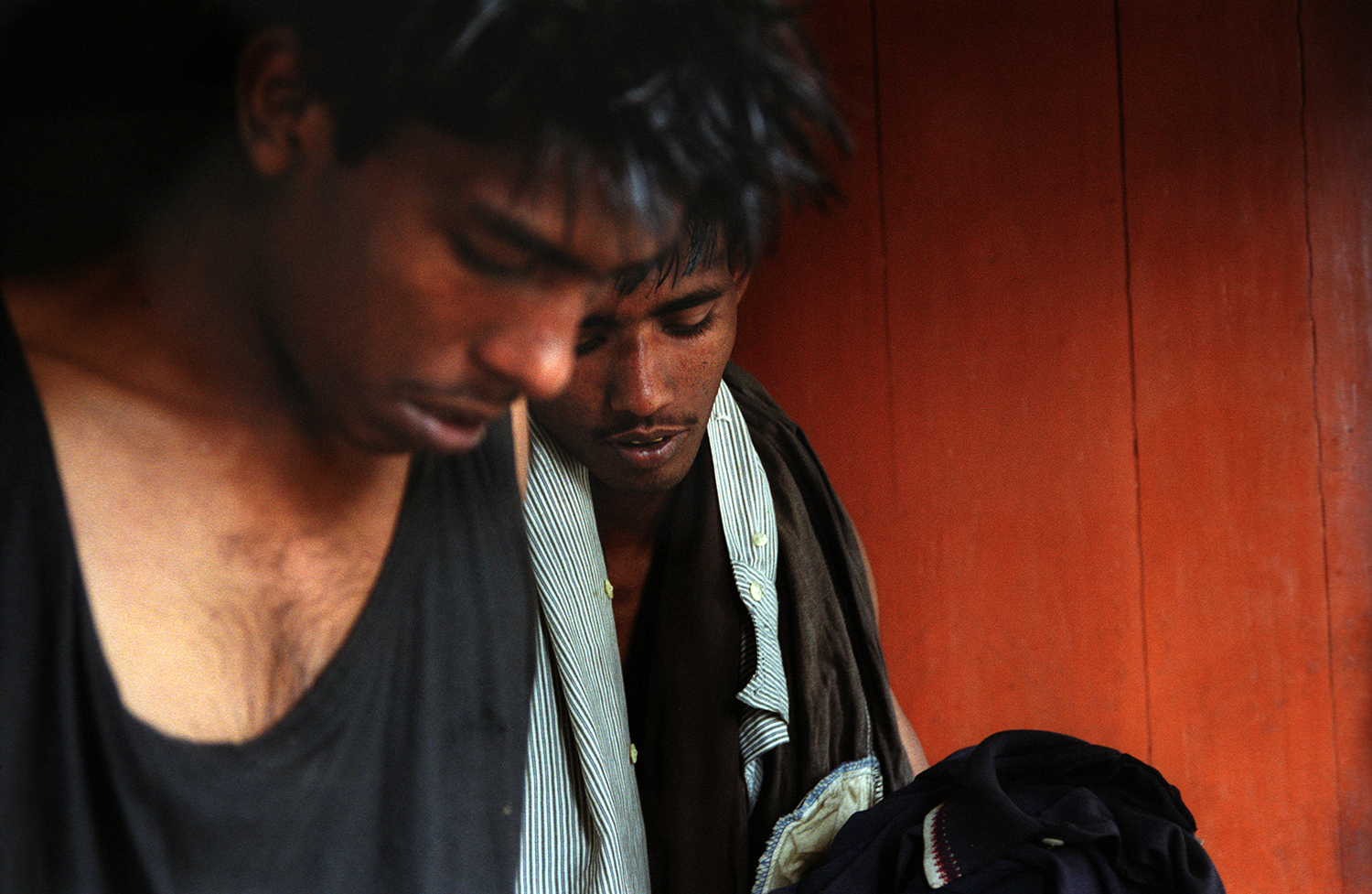Bangladesh: Drugs and Sex Workers
Prostitution is legal in Bangladesh, although the Bangladesh constitution provides that they endeavor to prevent prostitution. Various provisions of different laws prohibit child prostitution, forced prostitution, solicitation and the keeping of unlicensed brothels.
Child prostitution is widespread and a serious problem. The majority of Bangladeshi prostituted children are based in brothels, with a smaller number of children exploited in hotel rooms, parks, railway and bus stations and apartments. It is estimated that there are over 30,000 underage girls used in commercial sexual exploitation in the country.
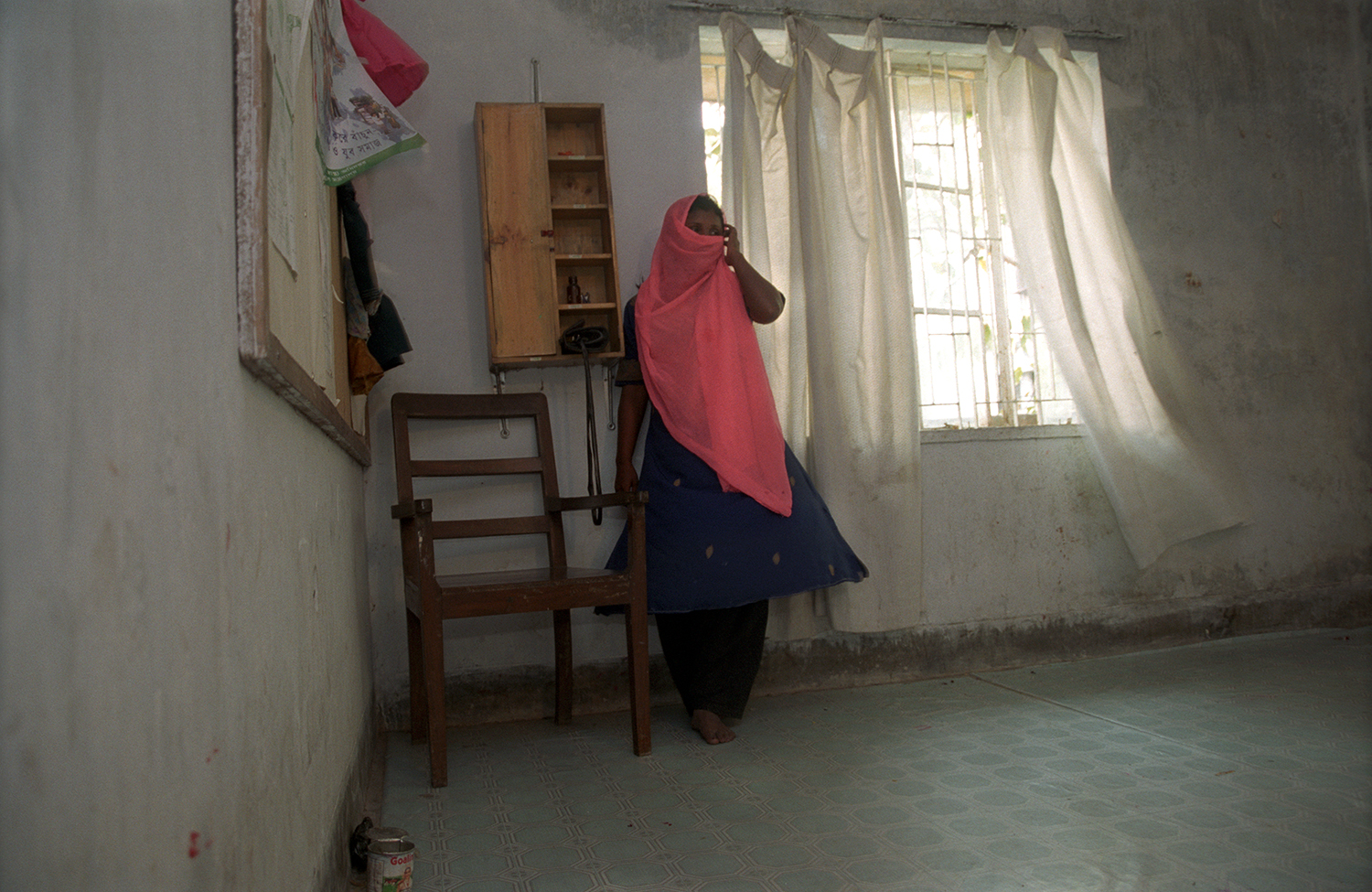
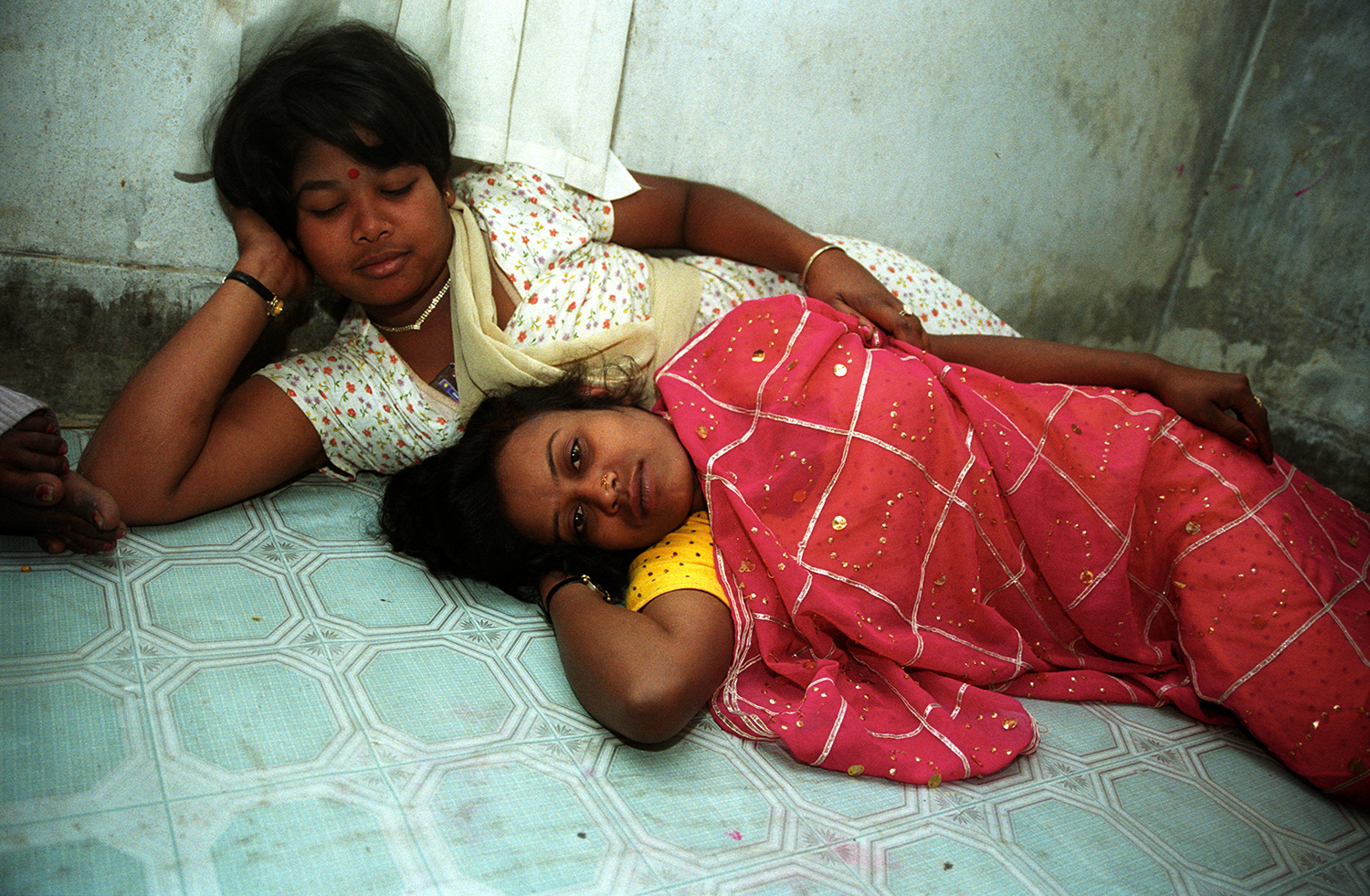
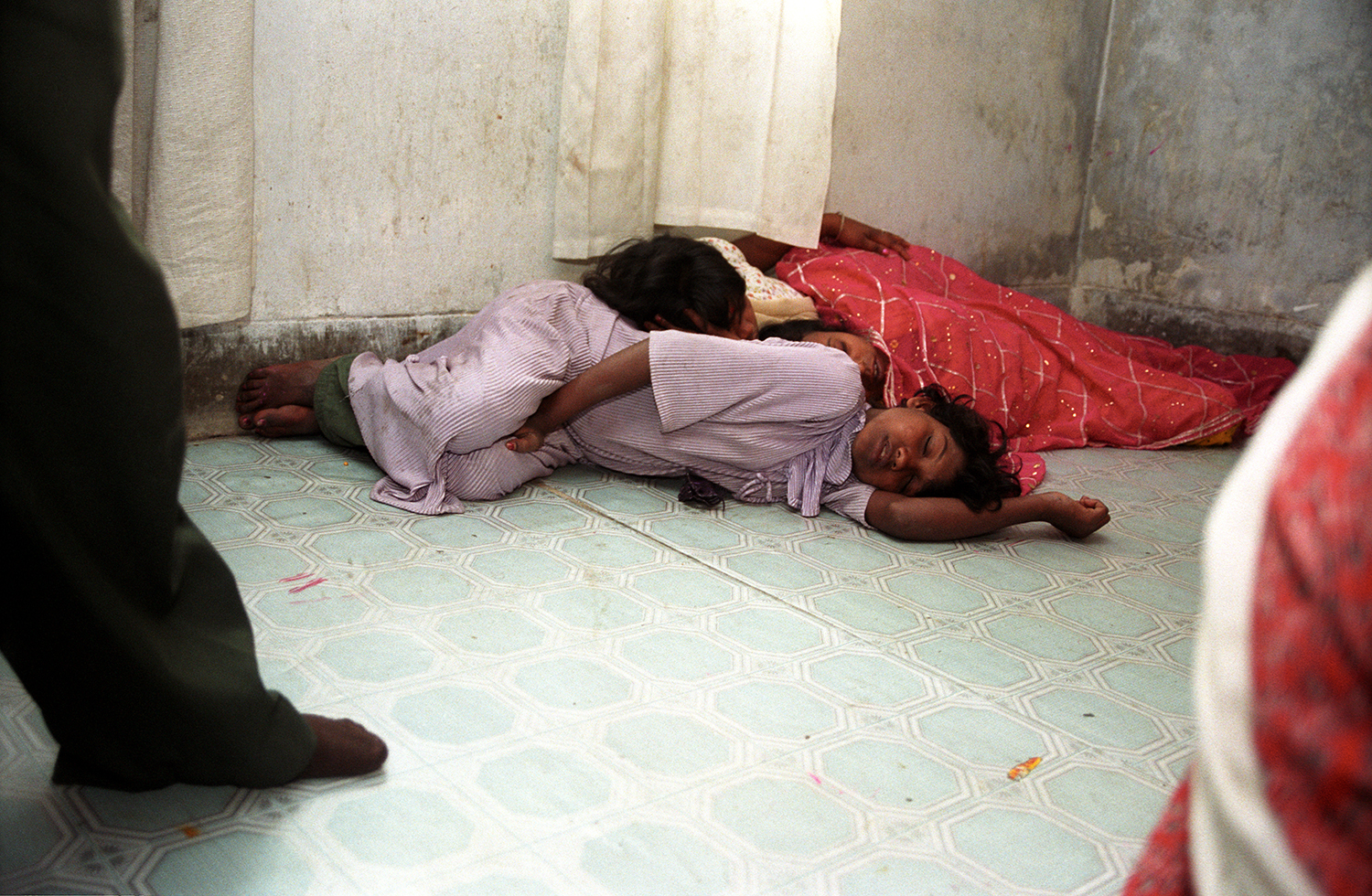
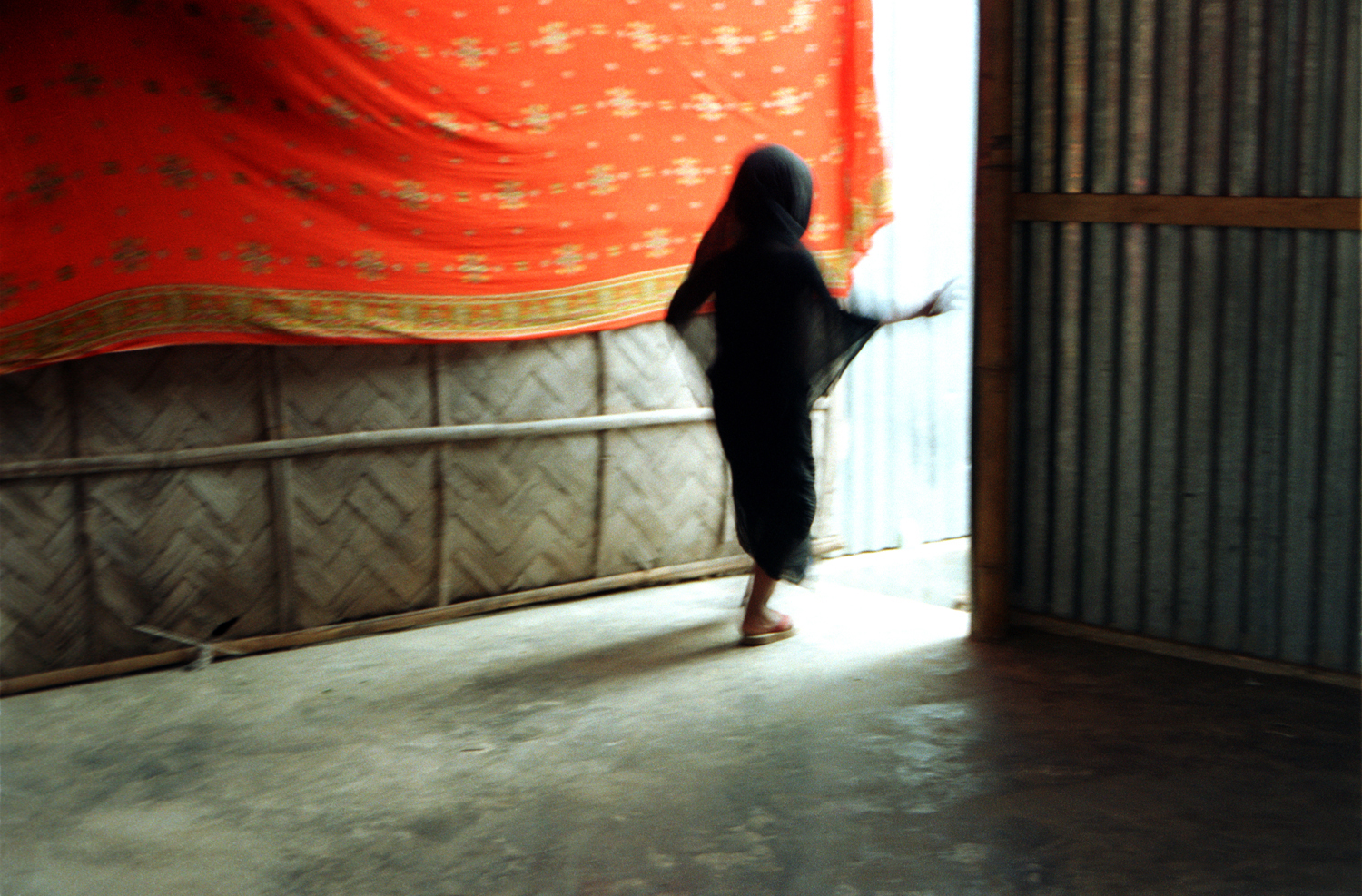 Hijras
HijrasHijra is a gender concept for biological males in Bangladesh who regard themselves as female. They often make a living by performing dances at weddings and childbirth ceremonies. Hijra sex workers are transvestites/transsexuals who undertake sexual activity with a man in return for money or other financial benefits. It is estimated that the hijra community comprises a population in the range of 10,000 to 500,000 in Bangladesh.


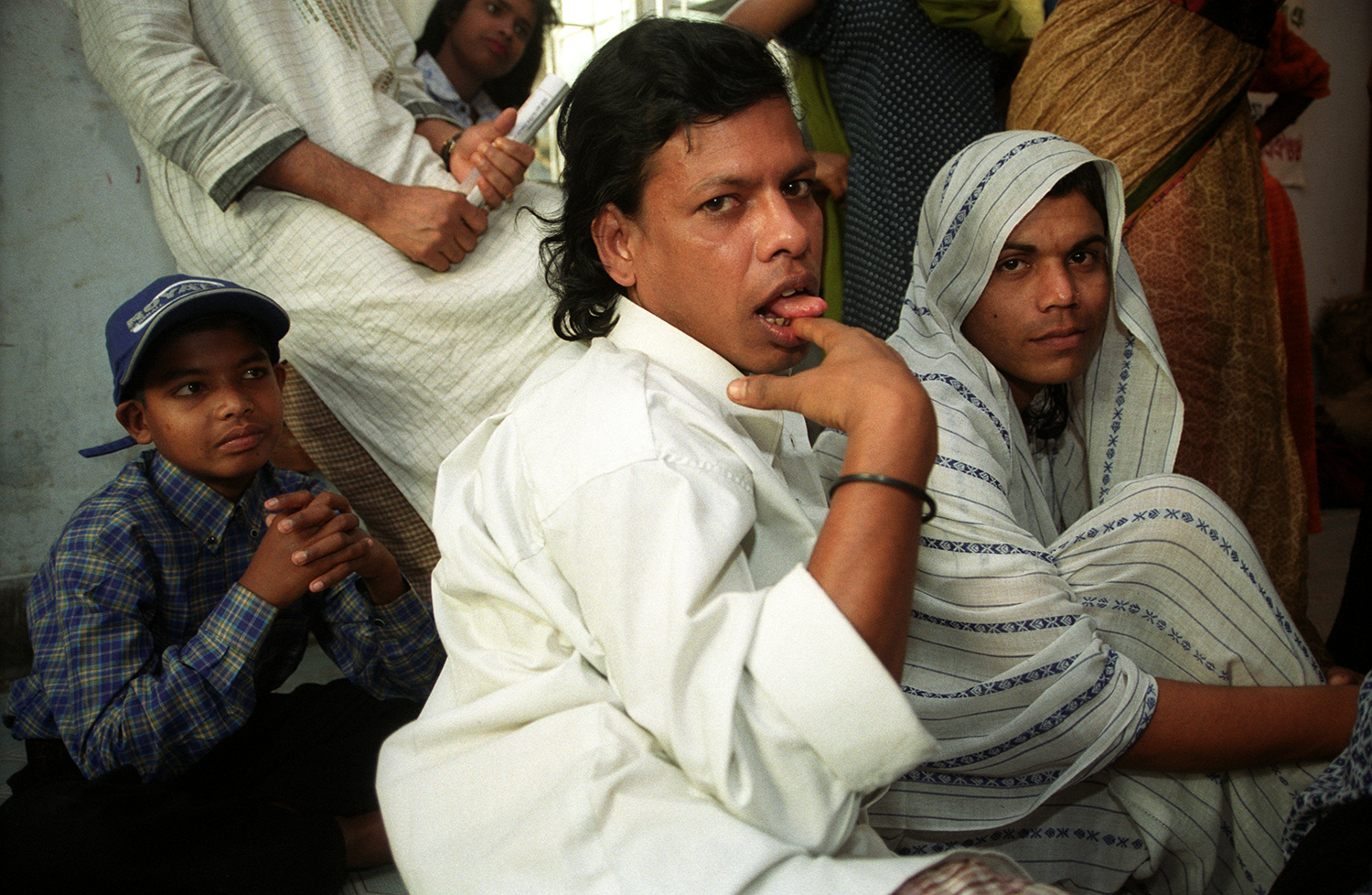 NGO centres and out-reach workers offer mental health support, medical care and condoms.
NGO centres and out-reach workers offer mental health support, medical care and condoms.



 Drugs.
Drugs.More than 40% unemployed youth are addicted. more than 40% are female, close to 50% are educated and 60% are sex offenders, around 95% are smokers and more than 85% get into consuming drugs under the influence of friends. Needle/syringe sharing practices prevalent among 53% people who inject drugs. Over half of the public vehicle drivers, who operate around 50,000 public transport vehicles, take drugs regularly. In Sylhet, 64% of drug users funded their habits with money from their family compared to national average 17%. Phensedyl is coming back with a hike of 26%. Bangladesh consumes 2 million Yaba everyday, around 1.5 crore people are Yaba addicted, market size $1 billion.
